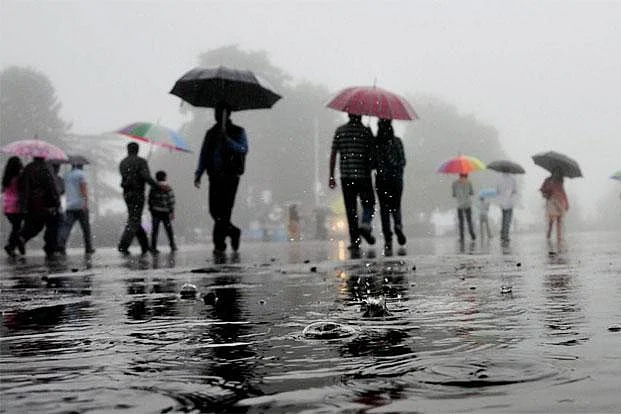The long-range forecast system of the India Meteorological Department (IMD) predicted a possible early arrival of the monsoon season this year. According to the experts, a rare weather phenomenon involving simultaneous activation of the Indian Ocean Dipole (IOD) and La Nina conditions is driving this possibility. Besides the early arrival of monsoon, the coupling effect also is likely to make room for robust monsoon with potentially high volumes of rainfall across the country.
IMD: Early Monsoon Likely Due To Rare Coupling Of La Nina And IOD Phase; More Rain Expected | Details Inside
Most of the standard weather models suggest the co-occurrence of a positive Indian Ocean Dipole (IOD) phase over the Equatorial Indian Ocean and the formation of La Nina in the Pacific. The coupling effect of these two weather phenomena against the backdrop of the monsoon indicates that these factors might just enhance the peak monsoon conditions between July to September.

La Nina and IOD: Definitions
In simple words, La Nina is a recurrent weather phenomenon defined by below-average sea surface temperatures in the Central and Eastern Pacific Ocean while the Indian Ocean Dipole (IOD) is characterised by a fluctuation of sea-surface temperatures in the Indian Ocean.
Coupling of La Nina and IOD phase: A rare weather phenomenon
Most of the standard weather models this time are suggesting the co-occurrence of a positive Indian Ocean Dipole (IOD) phase over the Equatorial Indian Ocean and the formation of La Nina in the Pacific.
The coupling effect of these two weather phenomenon against the backdrop of the monsoon indicates that these factors might just enhance the peak monsoon conditions between July to September.
During this phase, depressions are expected to follow an extended and steady trajectory toward west-northwestern India and the North Arabian Sea.
This co-occurrence of IOD and La Nina, as per the experts, is also pointing towards a shift in the core monsoon convergence area towards the westerly which consequently triggers a reaction from the Arabian Sea near the Indian coastline that will lead to increased rainfall in the region.
Enhanced predictive capabilities will enable countries to better prepare and respond to shifting climate patterns, underscoring the crucial role of dynamic climate models and statistical analysis in modern climatology.
- Previous Story
 Marital Rape 'A Social Issue Not Legal', Centre Files Affidavit With SC Against Criminalisation
Marital Rape 'A Social Issue Not Legal', Centre Files Affidavit With SC Against Criminalisation - Next Story


























